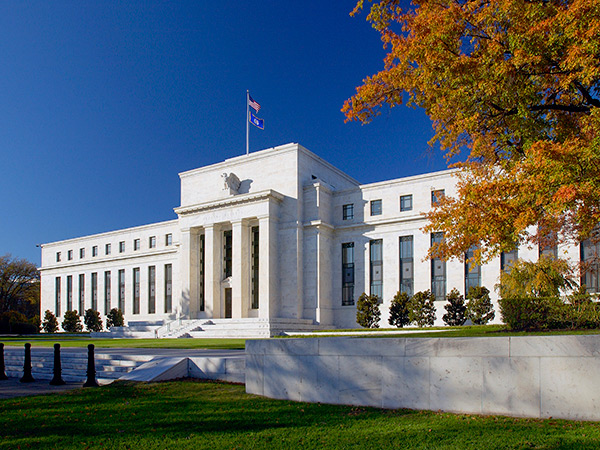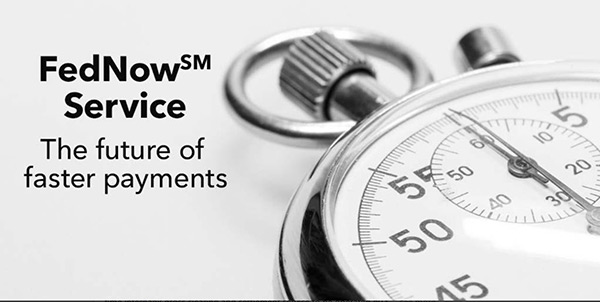As the central bank, the Federal Reserve has a vested interest in maintaining a strong, resilient and well-functioning payment system. Working in various roles and capacities to bring about policy and technological advances, learn about our 100+ year history in the timeline below.

The Federal Reserve Act created the current Federal Reserve System and established the national check clearing system at the Federal Reserve, which mitigated financial crises, delays and prohibitively high interbank check-clearing costs.

In the early 1900s, settlement of interbank payment obligations often involved physical delivery of cash or gold until the Fed established a more efficient, dedicated and secure funds transfer network via Morse code. This network later became the electronic Fedwire interbank funds transfer system for wholesale payments.

The Fed supported development of the Automated Clearing House Network (ACH) system in 1972 and began managing a national network of linked local ACH networks in 1978. Enhancements have included introduction of the FedACH® SameDay Service in 2010 (Off-site).

Congress reaffirmed and expanded the Federal Reserve’s role as a service provider with the enactment of the Depository Institutions Deregulation and Monetary Control Act of 1980. This gave all depository institutions access to the same pricing for the Fed’s payment services and required the Fed to price specific types of services to fully recover the costs of providing these services.

The Check Clearing for the 21st Century Act is a Federal law designed to enable banks to handle more checks electronically, with the goal of making check processing faster and more efficient. The Fed supported the nation’s transition to what is now an essentially all- check-processing environment.

In 2013, the Fed published a paper containing its perspectives on the key gaps and opportunities in the current U.S. payment system. As a public consultation paper, the piece sought to solicit broad industry input on these perspectives, potential strategies and tactics for shaping the future of the U.S. payment system, and what the Fed’s role in implementing these strategies and tactics might be.

In 2015, the Fed published Strategies for Improving the U.S. Payment System (PDF) in response to the industry input collected following the publication of the Payment System Improvement – Consultation Paper (PDF). It outlines desired outcomes for the payment system and multi-year strategies that the Fed will work with industry stakeholders to pursue, both as a leader catalyst and a payment systems service provider, to help achieve these outcomes.

In 2017, the Fed published Strategies for Improving the U.S. Payment System: Federal Reserve Next Steps in the Payments Improvement Journey (PDF) – a series of refreshed strategies and nine new tactics the Fed will employ, in collaboration with industry stakeholders, to make further progress on the desired outcomes articulated in the January 2015 Strategies paper.

On August 5, 2019, the Board of Governors of the Federal Reserve System announced that the Federal Reserve Banks will build and operate the FedNowSM Service, a new interbank 24x7x365 real-time gross settlement (RTGS) service with integrated clearing functionality to support faster payments in the United States.
Share or Print this page